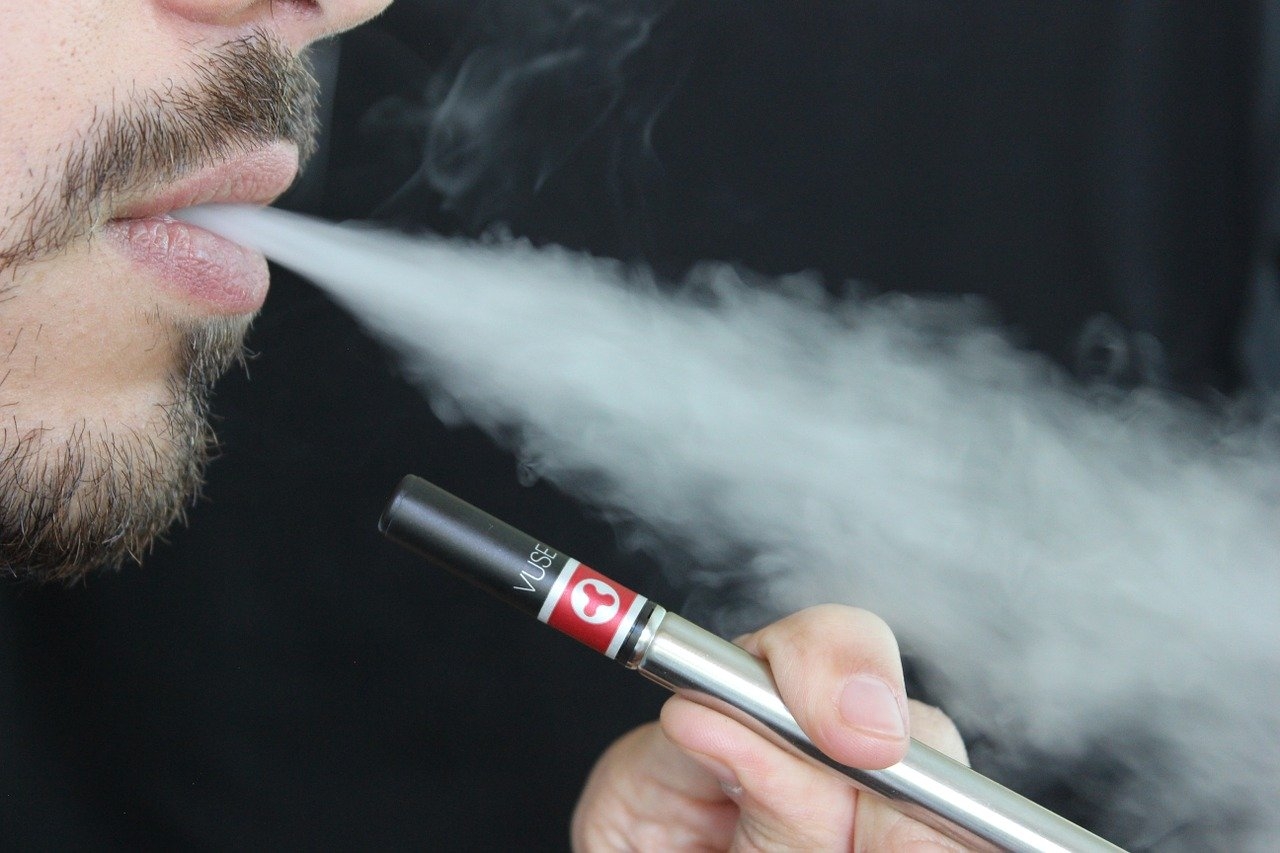
What’s the Difference between Nicotine Salts and Regular E-Liquid?
As it might have dawned on you, nicotine salt e-liquid has become all the rage lately as an increasing number of vapers make the switch from regular e-liquid.
But what’s the difference, really?
In this guide, we will fill you up with the fundamentals, and by the time you are done reading, you will know exactly where the major differences lie and what the furore about salt nics is all about.
An important thing to keep in mind before we proceed is that none is better than the other.
Both juices offer different types of vaping experiences, and it all boils down to personal preference dictated by where you are at on your vaping journey, the type of devices you enjoy using, and of course, ideal nicotine strength.
In understanding the differences between nicotine salts and regular vape juice, we have to get a little science-y, but we will try to present it in as clear a language without boring you with unnecessary jargon.
But perhaps it would be prudent to first explore a type of nicotine known as freebase nicotine in order to better understand what nicotine salt is.
So, without much ado…
What is Freebase Nicotine?
First off, we all know where nicotine comes from. Er, from tobacco leaves.
Now, nicotine in this form has a similar composition to that of salt, able to react with both a negative and positive charge (ions). It is not effective to deliver nicotine into the body in this form since not only is it hard to vaporise, but also doesn’t move across organic membranes in our bodies easily.
Enter freebasing.
Invented by Phillip Morris of Marlborough, freebasing seeks to get the nicotine ions into a free state by removing the positive charge (deprotonate) as it is much easier to travel across our body membranes this way.
This involves lacing the natural nicotine with a salt like diammonium phosphate which when combusted, releases ammonium. This, in turn, releases the nicotine into free base form (hence the name).
Nicotine in its freebase form is more potent so it is able to get into the lungs and brain more effectively.
This is the kind of nicotine used in regular e-liquid.
In addition to the potency, freebase nicotine is enjoyable as it exhibits a great flavour, boasts a smooth throat hit, and makes for good vapour production.
So, if it is more potent and has all these upsides, why are some vapers gravitating towards nicotine salts?
What is Nicotine Salt?
For all its advantages, the freebase nicotine found in regular e-juice has been found wanting in that the smooth throat hit is lost when you increase the nicotine content, making it extremely harsh to the taste.
For this reason, some people who might fancy a stronger nicotine content might find regular vape juice unsatisfying. And should they bump up the nicotine level, the overall vaping experience ends up being compromised due to the resulting harshness.
Always the mother of invention, necessity led some people to put their thinking caps on and figure out a way to boost the nicotine content in e-liquids without negatively impacting on flavour and smoothness.
And that’s how nicotine salts came about.
Also known as nic salt, salt nic or salt nicotine, nicotine salt, as we have just alluded to, is the natural nicotine extracted from tobacco leaves before it undergoes freebasing.
We have also noted that in this form, the nicotine is harder to vaporise (therefore the need for higher temperatures) and is also not absorbed into the body easily.
After hours in the lab, chemists at PAX Labs found there is a way to vaporise nicotine salt at lower temperatures while also making it more easily absorbable into the body. This would involve adding a magic ingredient known as benzoic acid.
In addition to helping the nicotine salt vaporise at lower temperatures and increasing its absorption rate, benzoic acid was also found to play another crucial role: it lowers the pH levels in salt nicotine and has no adverse effect on flavour as is the case with diammonium phosphate in freebase nicotine.
In other words, benzoic acid made it possible to bump up nicotine levels in e-liquid without affecting flavour, while also allowing for faster absorption.
Special Delivery
Due to its chemical composition and high nicotine content, nicotine salt initially could only be used in specific devices such as:
- Pod Vapes
A new type of device created specifically for vaping nicotine salt e-juice. Also known as vape pods or pod mods, these miniature units are currently available in two options.
The first is an open system that allows for manual refilling of salt nic e-liquids.
A closed system, on the other hand, comes prefilled and refilling involves replacing only the “pod” (an all-encompassing atomiser).
- MTL Rebuildable Atomiser
This is a new niche of vaporisers designed with a restricted airflow and a provision for higher resistance coils, a great match for nic salts.
However, with advancements in the industry, manufacturers are now producing nicotine salt e-liquids to cater to the growing demand.
This means vapers are no longer restricted to pod vapes, and there is the added benefit of enjoying the wealth of flavours that come with standalone e-liquid.
And that’s basically the lowdown on nicotine salts vis-à-vis freebase nicotine.
Photo: Lindsay Fox from Pixabay








